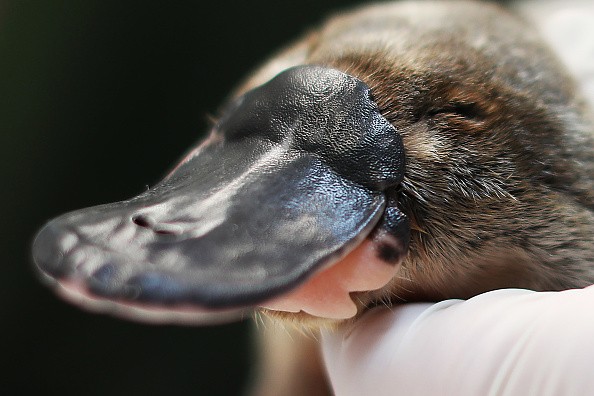A new study showed that the tall river dams in the area could threaten the thriving survival of the unique Platypus found in Australia. The research raised concerns over the future of the platypus species.

Australia has been an important home for unique platypuses. According to the Australian Museum, the species could be found in eastern Queensland, Tasmania, southwestern Victora, and New South Wales.
Unique Platypus
Australian Museum said that the Platypus is considered a unique species in Australia, noting that it is a mammal that lays eggs. It added that the Platypus is known as a semi-aquatic animal. The animal is said to be most active at night or at twilight.
According to the Phys.org article, Platypus has ten unique sex chromosomes, which is unusual for mammals to have only two sex chromosomes.
For the habitat, the Australian Museum noted that the Platypuses thrive in the freshwater system. The report added that the said species stay or spend their time in the river banks, ponds, or creeks. Ideally, Platypus-prefer areas that have rivers or streams.
Meanwhile, the report shared that the Platypus likes to feed on aquatic invertebrates, including insect larvae, shrimps, water bugs, mussels, snail worms, or tadpoles.
Taller dams threat
Researchers found that taller dams could threaten the population of Platypus, considering that they could no longer climb in the said areas.
The study findings were published in the Communications Biology journal and can also be read on the Phys.org website.
The researchers noted that the number or population of platypuses had been threatened due to climate change, extreme weather events, drought, fire, and loss of habitat.
Based on the report, the study's lead author Jose Luis Mijangos told AFP there could be 30,000 mature platypuses in Australia. Mijangos is from the University of New South Wales.
Furthermore, the report shared that Platypus suffer from prey attacks from dogs, cats, or foxes.
The threat of human-made dams in rivers could prove disastrous for platypuses unable to climb over the river banks.
The research studied the DNA samples from 274 platypuses. They found the samples from the nine rivers located in Victoria and New South Wales. Additionally, the study noted that five of the rivers' dams had 85 to 180 meters tall.
The findings showed strong genetic differences from the populations of platypuses in rivers with dams and without dams. With this in mind, the researchers pointed out that platypuses did not pass on the dams.
Because the populations of platypuses were affected due to dams, the researchers added that the present conditions had difficult for the said animals to migrate to areas with suitable conditions.
In addition, the researchers pointed out that the breeding of the platypuses could also be affected.
Ultimately, the research urged to develop of policies that could consider platypuses in building dams. The species of platypuses are considered unique and irreplaceable, the researchers pointed out.
Related Article : 240 Million Years Old Snake Ancestor Skeleton Discovered That Could Help Unlock Evolution Mysteries
For more similar, don't forget to follow Nature World News.
© 2025 NatureWorldNews.com All rights reserved. Do not reproduce without permission.





